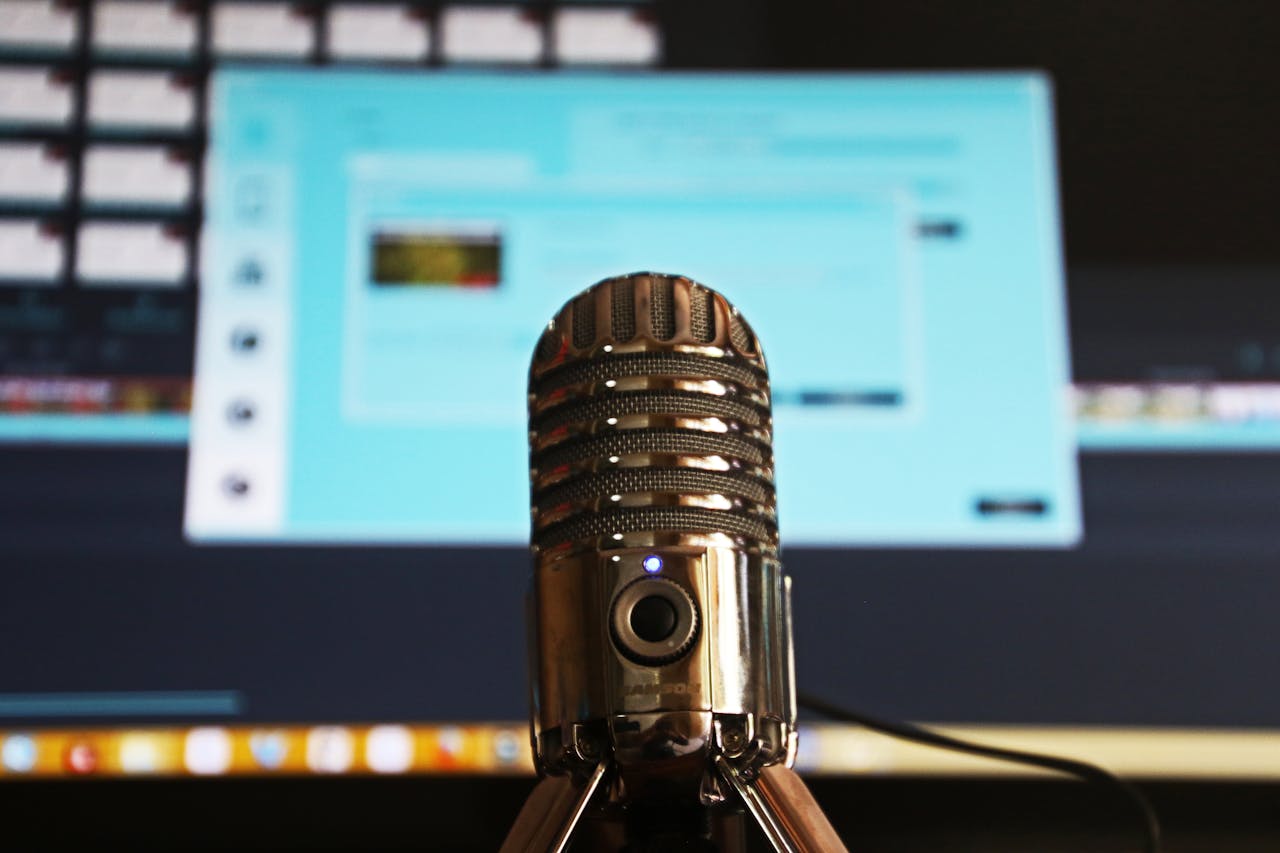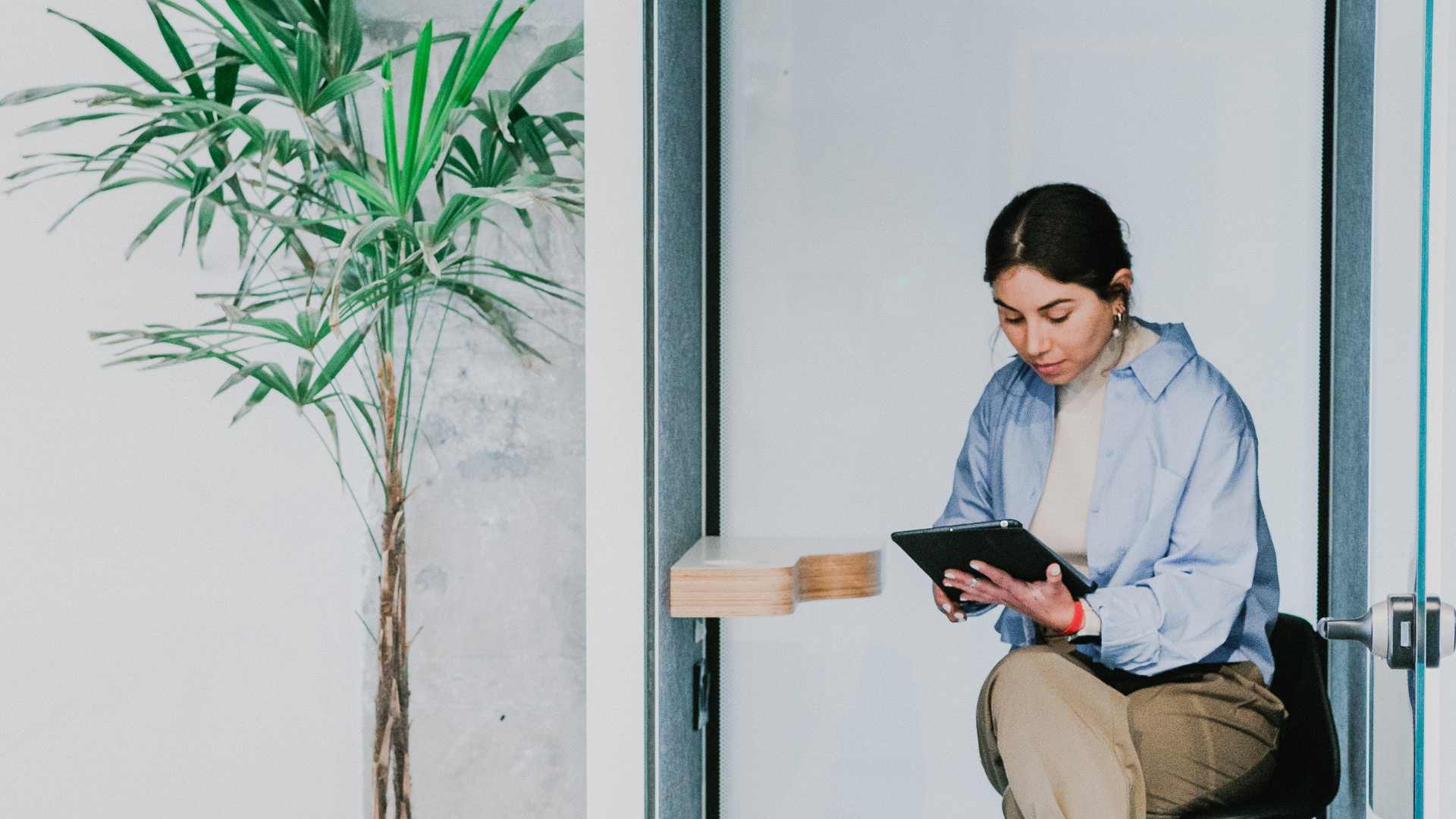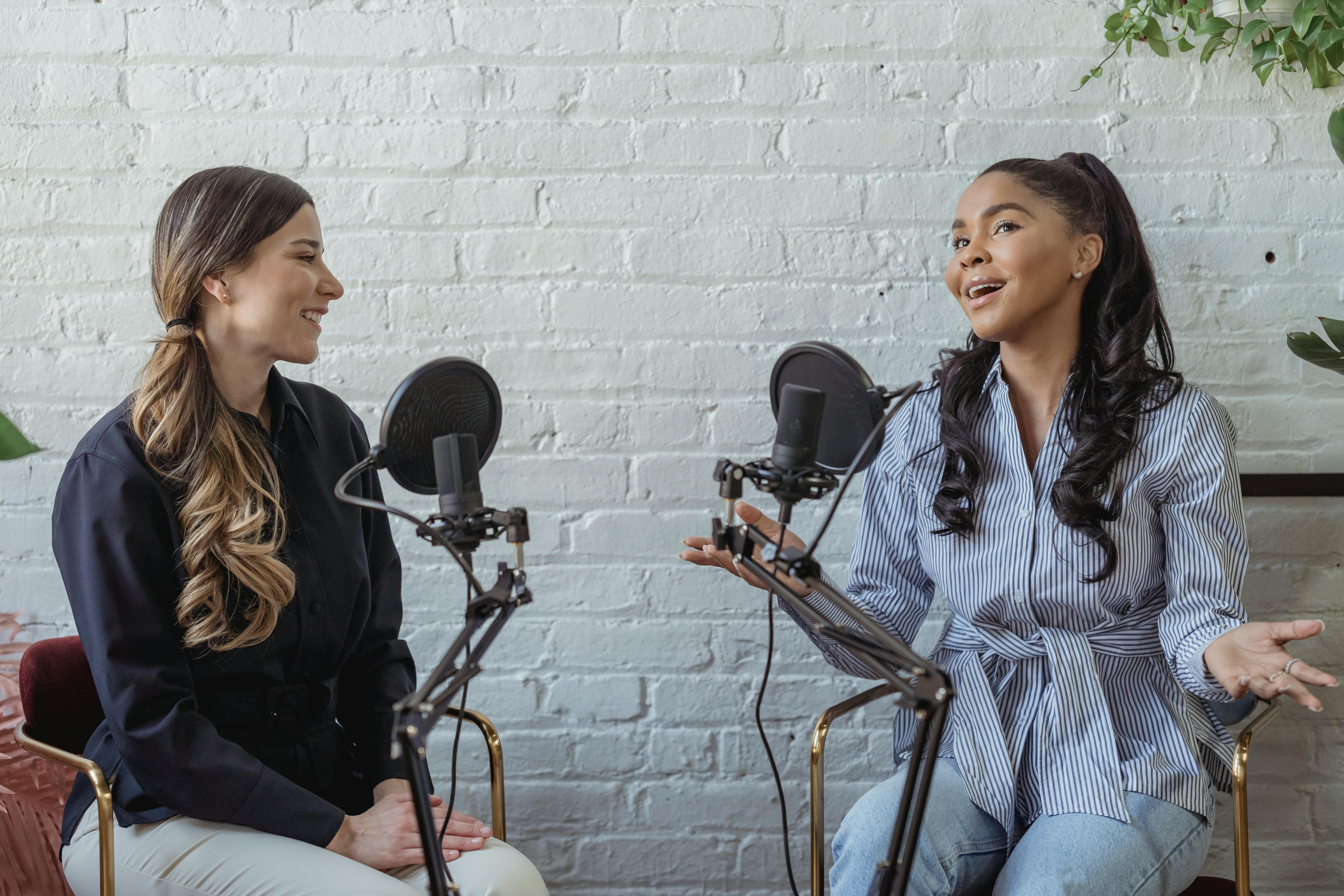When I first started a podcast seven years ago, it was very fresh, Joe Rogan was top of the podcasting charts by speaking with influential guests and we wanted to mirror some of that but speak with people with out there ideas on health and fitness.
We thought that starting a podcast might be simple: hit record, speak your mind, and let the listeners come. But building a successful podcast requires more than just a microphone and a soapbox. From picking the right niche to staying consistent, each step in the process matters. Whether you’re a seasoned broadcaster or a newbie excited to try, this guide will walk you through the essential steps, equipment, and strategies to launch a podcast that grows and engages your audience.
1. Define Your Niche: Find and Know Your Audience
The podcasting world is crowded more so than 7 years ago, so creating a standout show means getting niche. Think about it this way: a podcast that speaks directly to a particular group of people is far more compelling than one that tries to be everything to everyone. Here’s how to narrow down your niche:
-
Identify what makes you unique: Do you have industry-specific knowledge, unique hobbies, or personal stories that might resonate with listeners? Focus on what sets you apart.
-
Analyze your potential audience: Take some time to research who your ideal listener is. Are they young professionals, hobbyists, or experts in a certain field? Try to envision exactly who they are and why they would benefit from your show.
Starting niche will help you find your first listeners and build a community. These listeners are also likely to stick around, support, and share your show. Being niche in health and fitness for us was to speak with health superstars on topics like consciousness and spirituality, which we managed to cross perfectly well.
2. Get the Right Equipment: Build a Professional Sounding Show
Podcasting doesn't have to be expensive, but quality matters. Here’s a breakdown of what you’ll need:
-
Microphone: Consider a USB mic like the Blue Yeti for simplicity, or if you’re willing to invest, try an XLR setup with a mic like the Shure SM7B for pro-level audio.
-
Headphones: Quality headphones help you monitor sound and catch audio issues while recording. Look for closed-back headphones to block out external noise.
-
Recording Software: Audacity is a free option, but platforms like Adobe Audition offer more control and editing features if you’re ready to upgrade.
-
Hosting Platform: Choose a podcast hosting service like Buzzsprout or Anchor to publish your episodes to Spotify, Apple Podcasts, and more.
Remember, listeners can forgive minor hiccups but will tune out if the audio quality is poor. Which is exactly what happened to us at the start so take the time to test your setup and consider soundproofing your recording space, even if it's just with some blankets and pillows.
3. Find Someone to Keep You Accountable: Build a Support System
This to me is the most important step, starting a podcast often takes months before you see real growth. Keeping up with episodes, editing, and outreach requires commitment, and it’s easy to get discouraged. Consider finding an accountability partner, a friend, co-host (which was my biggest asset), or mentor, who can:
-
Keep you motivated and consistent: They can help ensure you hit deadlines, share ideas, and stay focused.
-
Give honest feedback: Having someone who can review episodes, provide feedback, and help spot weaknesses will improve your show over time.
Podcasting can be an isolating experience, so having a support system in place can make a big difference in your success, because trust me, it is a long slog!
4. Don’t Expect Quick Wins: Podcasting Takes Time
One of the most common misconceptions about podcasting is that it yields immediate results. Building an audience takes time, consistency, and patience. Here’s how to stay focused on long-term success:
-
Set realistic expectations: The average podcast doesn’t break 100 downloads per episode until several months in. Understanding this can help you focus on creating quality content over obsessing about immediate numbers.
-
Prioritize engagement over downloads: True engagement—like listener comments, social media shares, and emails—is a better indicator of your impact than download numbers alone.
Remember that it’s common for many shows to see slow growth initially. Staying consistent will pay off as your audience grows.
5. Consider Progressive and Somewhat Controversial Guests
One way to stand out in the podcasting world is to feature guests who bring fresh perspectives, challenge norms, or spark conversations, one of our biggest podcast episodes was a astrophysicist vs a flat earther! so think of guests who might:
-
Offer unique industry insights or disrupt conventional thinking: Listeners love learning about new trends and fresh ideas. Bringing on thought leaders or up-and-coming experts can add a dynamic angle to your show.
-
Start productive debates: Controversial doesn’t mean divisive; it means sparking conversation. Choose guests who can discuss the difficult questions that matter in your niche.
Inviting guests with diverse viewpoints also keeps listeners engaged and can attract new listeners interested in different perspectives.
6. Record Your Podcast: Tips for a Smooth Session
When you’re ready to record, make sure you’re fully prepared:
-
Plan your episode format: Whether you’re going for interviews, storytelling, or solo episodes, having a clear structure will keep things on track and engaging.
-
Prepare notes but stay flexible: Over-rehearsing can lead to a stale recording, so it’s best to have an outline and allow natural conversations to flow.
-
Avoid filler words: Filler words can make your podcast sound unprofessional. Practice speaking slowly and pause if you need to gather your thoughts.
Focus on creating episodes that are clear, structured, and value-packed. The more you record, the more natural you’ll feel in front of the mic.
7. Add Video to Increase Engagement and Reach
Adding a video component to your podcast is a game-changer. We started off for the first 20 episodes with just audio only, but totally switched it up when adding video. Today’s listeners are often as interested in watching as they are in listening. Platforms like YouTube or Vimeo allow you to reach a different audience and engage viewers who may prefer visual content.
-
Invest in a basic video setup: You don’t need to go full studio right away. Many podcasters start with a simple webcam and lighting setup to capture video.
-
Engage through visuals: Video gives you the option to enhance your brand with on-screen visuals, showing products, graphics, or even short clips that make your points more vivid.
-
Repurpose content: Posting video clips of your podcast to social media can also drive traffic to your main show and grow your audience.
Adding video can make your podcast stand out, bringing a new layer of engagement and visibility.
Wrapping It All Up: Your Podcast Is Ready to Launch
Starting a podcast is an exciting journey, but it takes more than hitting record to see success. Define your niche, invest in the right equipment, build accountability, and prioritize long-term goals over quick wins. Remember that a great podcast doesn’t happen overnight. With a clear vision, a commitment to quality, and the right support, you can build a podcast that not only gains followers but also fosters a loyal community.
So take a deep breath, double-check your setup, and hit record. Your audience is waiting to hear what you have to say. Happy podcasting!
Some similar articles you may like
How to Write a Script for a Company Podcast: A Simple Guide
How To Get Guests for a Company Podcast: 5 Proven Strategies
Share this
You May Also Like
These Related Stories

What Equipment Do You Need to Start a Company Podcast?

Ultimate Guide to Starting a Podcast from Scratch Using Webinars



